Descubra o fascinante mundo da pareidolia facial! Já viu um rosto sorrindo em uma nuvem ou um semblante em um objeto cotidiano? A mente humana tem uma habilidade incrível de encontrar faces em qualquer lugar, mas o que está por trás desse fenômeno? Explore neste vídeo a ciência por trás da ilusão de ver rostos onde eles não existem e descubra como nosso cérebro processa essas imagens. Desde a evolução até o funcionamento intrincado do cérebro, desvendaremos o mistério por trás das ‘ilusões faciais’. Prepare-se para uma jornada pelo mundo da percepção e da mente humana!
| Audio | |
|---|---|
Normal | Slow |
| English Transcript | Tradução |
| Imagine opening a bag of chips only to find Santa Claus looking back at you. | Imagine abrir um saco de batatas fritas e encontrar o Papai Noel olhando para você. |
| Or turning the corner to see a smile as wide as a building. | Ou virando a esquina para ver um sorriso tão largo quanto um prédio. |
| Humans see faces in all kinds of mundane objects, but these faces aren’t real— they’re illusions due to a phenomenon known as face pareidolia. | Os humanos veem rostos em todos os tipos de objetos mundanos, mas esses rostos não são reais - são ilusões devido a um fenômeno conhecido como pareidolia facial. |
| So why exactly does this happen, and how far can this distortion of reality go? | Então, por que exatamente isso acontece e até onde pode ir essa distorção da realidade? |
| Humans are social animals, and reading faces is an important part of our ability to understand each other. | Os seres humanos são animais sociais e a leitura de rostos é uma parte importante de nossa capacidade de entender uns aos outros. |
| Even a glimpse of someone's face can help you determine if you've met them before, what mood they’re in, and if they’re paying attention to you. | Mesmo um vislumbre do rosto de alguém pode ajudá-lo a determinar se você já o conheceu antes, em que humor ele está e se está prestando atenção em você. |
| We even use facial features to make snap-judgments about a person’s potential trustworthiness or aggression. | Até usamos características faciais para fazer julgamentos rápidos sobre o potencial de confiabilidade ou agressão de uma pessoa. |
| To capture all this vital information, humans have evolved to be very sensitive to face-like structures. | Para capturar todas essas informações vitais, os humanos evoluíram para serem muito sensíveis a estruturas semelhantes a faces. |
| Whenever we see something, our brain immediately starts working to identify the new visual stimuli based on our expectations and prior knowledge. | Sempre que vemos algo, nosso cérebro imediatamente começa a trabalhar para identificar os novos estímulos visuais com base em nossas expectativas e conhecimento prévio. |
| And since faces are so important, humans have evolved several regions of the brain that enable us to identify them faster than other visual stimuli. | E como os rostos são tão importantes, os humanos desenvolveram várias regiões do cérebro que nos permitem identificá-los mais rapidamente do que outros estímulos visuais. |
| Whereas recognizing most objects takes our brain around a quarter of a second, we can detect a face in just a tenth of a second. | Ao passo que para reconhecer a maioria dos objetos nosso cérebro leva cerca de um quarto de segundo, podemos detectar um rosto em apenas um décimo de segundo. |
| It makes sense that we'd prioritize identifying faces over everything else. | Faz sentido priorizar a identificação de rostos acima de tudo. |
| But brain imaging studies have revealed that regions may actually be too sensitive, leading them to find faces where they don’t exist. | Mas estudos de imagens cerebrais revelaram que as regiões podem ser muito sensíveis, levando-as a encontrar rostos onde não existem. |
| In one study, participants reported seeing illusory faces in over 35% of pure-noise images shown to them, despite the fact that nothing was there. | Em um estudo, os participantes relataram ter visto rostos ilusórios em mais de 35% das imagens de ruído puro mostradas a eles, apesar do fato de não haver nada lá. |
| It might seem concerning that our brains can be so wrong so often, but these illusory faces might actually be a byproduct of something evolutionarily advantageous. | Pode parecer preocupante que nossos cérebros possam estar tão errados com tanta frequência, mas esses rostos ilusórios podem na verdade ser um subproduto de algo evolutivamente vantajoso. |
| Since processing all the visual input we encounter quickly and correctly is an enormous computational effort for the brain, this kind of hypersensitivity might act as a useful shortcut. | Uma vez que processar toda a entrada visual que encontramos rápida e corretamente é um enorme esforço computacional para o cérebro, esse tipo de hipersensibilidade pode funcionar como um atalho útil. |
| After all, seeing illusory faces is usually harmless, while missing a real face can lead to serious issues. | Afinal, ver rostos ilusórios geralmente é inofensivo, enquanto perder um rosto real pode levar a problemas sérios. |
| But for hypersensitivity to be more helpful than harmful, our brains also need to be quick at determining when a face is real and when it isn’t. | Mas para que a hipersensibilidade seja mais útil do que prejudicial, nossos cérebros também precisam ser rápidos em determinar quando um rosto é real e quando não é. |
| So how fast can our brains tell when they’ve been duped? | Então, com que rapidez nossos cérebros podem dizer quando foram enganados? |
| To answer this question, researchers used a form of brain imaging known as magnetoencephalography. | Para responder a essa pergunta, os pesquisadores usaram uma forma de imagem cerebral conhecida como magnetoencefalografia. |
| By measuring the magnetic fields caused by electric currents in the brain, this technique allows us to track changes in brain activity at the scale of milliseconds. | Ao medir os campos magnéticos causados por correntes elétricas no cérebro, essa técnica nos permite rastrear mudanças na atividade cerebral na escala de milissegundos. |
| With this tool, researchers revealed that the brain generally recognizes a face as illusory within a quarter of a second— around the same time that we can identify most non-face visual stimuli. | Com essa ferramenta, os pesquisadores revelaram que o cérebro geralmente reconhece um rosto como ilusório em um quarto de segundo – mais ou menos ao mesmo tempo em que podemos identificar a maioria dos estímulos visuais não faciais. |
| However, even after our brain knows the face is fake, we can still see it in the object. | No entanto, mesmo depois que nosso cérebro sabe que o rosto é falso, ainda podemos vê-lo no objeto. |
| And by messing with these brain areas, we can further impact our ability to differentiate between fact from fiction. | E ao mexer com essas áreas do cérebro, podemos impactar ainda mais nossa capacidade de diferenciar entre fato e ficção. |
| In one study, researchers stimulated a participant’s fusiform face area while they were looking at a non-face object. | Em um estudo, os pesquisadores estimularam a área facial fusiforme de um participante enquanto olhavam para um objeto não facial. |
| As a result, the participant reported momentarily seeing facial features despite the object remaining unchanged. | Como resultado, o participante relatou ter visto características faciais momentaneamente, apesar do objeto permanecer inalterado. |
| And while looking at a real face, stimulation of this same area created perceived distortions of the eyes and nose. | E ao olhar para um rosto real, a estimulação dessa mesma área criou distorções percebidas dos olhos e do nariz. |
| These studies suggest that certain features are crucial to face detection. | Esses estudos sugerem que certas características são cruciais para a detecção facial. |
| Just three dots can be enough to represent eyes and a mouth. | Apenas três pontos podem ser suficientes para representar os olhos e a boca. |
| People will even assign gender, age, and emotion to illusory faces. | As pessoas até atribuem gênero, idade e emoção a rostos ilusórios. |
| It’s unclear whether a person’s culture or individual history impacts these perceptions, but we do know that pareidolia isn’t unique to the human experience. | Não está claro se a cultura ou a história individual de uma pessoa afeta essas percepções, mas sabemos que a pareidolia não é exclusiva da experiência humana. |
| Rhesus macaque monkeys show eye movements similar to our own when observing pareidolia-inducing objects and real faces, suggesting that this phenomenon is baked deep into our social primate brains. | Os macacos rhesus mostram movimentos oculares semelhantes aos nossos ao observar objetos e rostos reais que induzem pareidolia, sugerindo que esse fenômeno está profundamente enraizado em nossos cérebros primatas sociais. |
| So, next time you see an unexpected face in a coffee, car, or cabinet, remember that it’s just your brain working overtime not to miss the faces that really matter. | Então, da próxima vez que você vir um rosto inesperado em um café, carro ou armário, lembre-se de que é apenas o seu cérebro fazendo hora extra para não perder os rostos que realmente importam. |
Contagem de palavras
A tabela abaixo exibe as palavras encontradas neste vídeo, bem como o número de vezes em que aparecem.
Veja também: Para que serve esta tabela?
| Freq. | Palavra | Freq. | Palavra | Freq. | Palavra |
|---|---|---|---|---|---|
| 26 | a | 25 | to | 18 | the |
| 16 | of | 14 | face | 13 | and |
| 12 | that | 12 | faces | 12 | brain |
| 11 | our | 10 | in | 10 | can |
| 9 | we | 9 | this | 7 | be |
| 7 | as | 6 | so | 6 | is |
| 5 | you | 5 | these | 5 | see |
| 5 | illusory | 5 | but | 5 | at |
| 4 | when | 4 | visual | 4 | them |
| 4 | real | 4 | or | 4 | it |
| 4 | humans | 4 | have | 4 | even |
| 4 | brains | 4 | all | 3 | while |
| 3 | they’re | 3 | stimuli | 3 | seeing |
| 3 | researchers | 3 | pareidolia | 3 | objects |
| 3 | object | 3 | might | 3 | looking |
| 3 | just | 3 | identify | 3 | features |
| 3 | by | 3 | are | 3 | an |
| 2 | working | 2 | with | 2 | us |
| 2 | time | 2 | they | 2 | than |
| 2 | study | 2 | studies | 2 | something |
| 2 | social | 2 | since | 2 | sensitive |
| 2 | second | 2 | same | 2 | revealed |
| 2 | reported | 2 | regions | 2 | quarter |
| 2 | phenomenon | 2 | person’s | 2 | over |
| 2 | other | 2 | one | 2 | non |
| 2 | most | 2 | known | 2 | it’s |
| 2 | isn’t | 2 | important | 2 | imaging |
| 2 | if | 2 | hypersensitivity | 2 | how |
| 2 | for | 2 | find | 2 | fact |
| 2 | facial | 2 | eyes | 2 | evolved |
| 2 | despite | 2 | around | 2 | area |
| 2 | after | 2 | actually | 2 | ability |
| 1 | your | 1 | wrong | 1 | would |
| 1 | within | 1 | will | 1 | wide |
| 1 | why | 1 | whether | 1 | whereas |
| 1 | where | 1 | whenever | 1 | what |
| 1 | were | 1 | was | 1 | vital |
| 1 | very | 1 | usually | 1 | useful |
| 1 | used | 1 | use | 1 | unique |
| 1 | unexpected | 1 | understand | 1 | unclear |
| 1 | unchanged | 1 | turning | 1 | trustworthiness |
| 1 | track | 1 | tool | 1 | too |
| 1 | three | 1 | they’ve | 1 | there |
| 1 | tenth | 1 | tell | 1 | technique |
| 1 | takes | 1 | suggesting | 1 | suggest |
| 1 | structures | 1 | stimulation | 1 | stimulated |
| 1 | still | 1 | starts | 1 | someone's |
| 1 | snap | 1 | smile | 1 | similar |
| 1 | shown | 1 | show | 1 | shortcut |
| 1 | several | 1 | serious | 1 | sense |
| 1 | seem | 1 | second— | 1 | scale |
| 1 | santa | 1 | rhesus | 1 | result |
| 1 | represent | 1 | remember | 1 | remaining |
| 1 | recognizing | 1 | recognizes | 1 | really |
| 1 | reality | 1 | real— | 1 | reading |
| 1 | quickly | 1 | quick | 1 | question |
| 1 | pure | 1 | processing | 1 | prioritize |
| 1 | prior | 1 | primate | 1 | potential |
| 1 | perceptions | 1 | perceived | 1 | people |
| 1 | paying | 1 | participants | 1 | participant’s |
| 1 | participant | 1 | part | 1 | own |
| 1 | overtime | 1 | opening | 1 | only |
| 1 | on | 1 | often | 1 | observing |
| 1 | nothing | 1 | not | 1 | nose |
| 1 | noise | 1 | next | 1 | new |
| 1 | need | 1 | mundane | 1 | movements |
| 1 | mouth | 1 | more | 1 | mood |
| 1 | monkeys | 1 | momentarily | 1 | missing |
| 1 | miss | 1 | milliseconds | 1 | met |
| 1 | messing | 1 | measuring | 1 | may |
| 1 | matter | 1 | makes | 1 | make |
| 1 | magnetoencephalography | 1 | magnetic | 1 | macaque |
| 1 | like | 1 | leading | 1 | lead |
| 1 | knows | 1 | knowledge | 1 | know |
| 1 | kinds | 1 | kind | 1 | judgments |
| 1 | issues | 1 | into | 1 | input |
| 1 | information | 1 | inducing | 1 | individual |
| 1 | impacts | 1 | impact | 1 | immediately |
| 1 | imagine | 1 | images | 1 | illusions |
| 1 | identifying | 1 | human | 1 | however |
| 1 | history | 1 | helpful | 1 | help |
| 1 | harmless | 1 | harmful | 1 | happen |
| 1 | go | 1 | glimpse | 1 | generally |
| 1 | gender | 1 | fusiform | 1 | further |
| 1 | from | 1 | form | 1 | fields |
| 1 | fiction | 1 | faster | 1 | fast |
| 1 | far | 1 | fake | 1 | eye |
| 1 | experience | 1 | expectations | 1 | exist |
| 1 | exactly | 1 | evolutionarily | 1 | everything |
| 1 | enough | 1 | enormous | 1 | encounter |
| 1 | enable | 1 | emotion | 1 | else |
| 1 | electric | 1 | effort | 1 | each |
| 1 | duped | 1 | due | 1 | dots |
| 1 | don’t | 1 | does | 1 | do |
| 1 | distortions | 1 | distortion | 1 | differentiate |
| 1 | determining | 1 | determine | 1 | detection |
| 1 | detect | 1 | deep | 1 | currents |
| 1 | culture | 1 | crucial | 1 | created |
| 1 | correctly | 1 | corner | 1 | concerning |
| 1 | computational | 1 | coffee | 1 | claus |
| 1 | chips | 1 | changes | 1 | certain |
| 1 | caused | 1 | car | 1 | capture |
| 1 | cabinet | 1 | byproduct | 1 | building |
| 1 | between | 1 | before | 1 | been |
| 1 | based | 1 | baked | 1 | bag |
| 1 | back | 1 | attention | 1 | assign |
| 1 | aren’t | 1 | areas | 1 | answer |
| 1 | animals | 1 | also | 1 | allows |
| 1 | aggression | 1 | age | 1 | advantageous |
| 1 | activity | 1 | act | 1 | about |

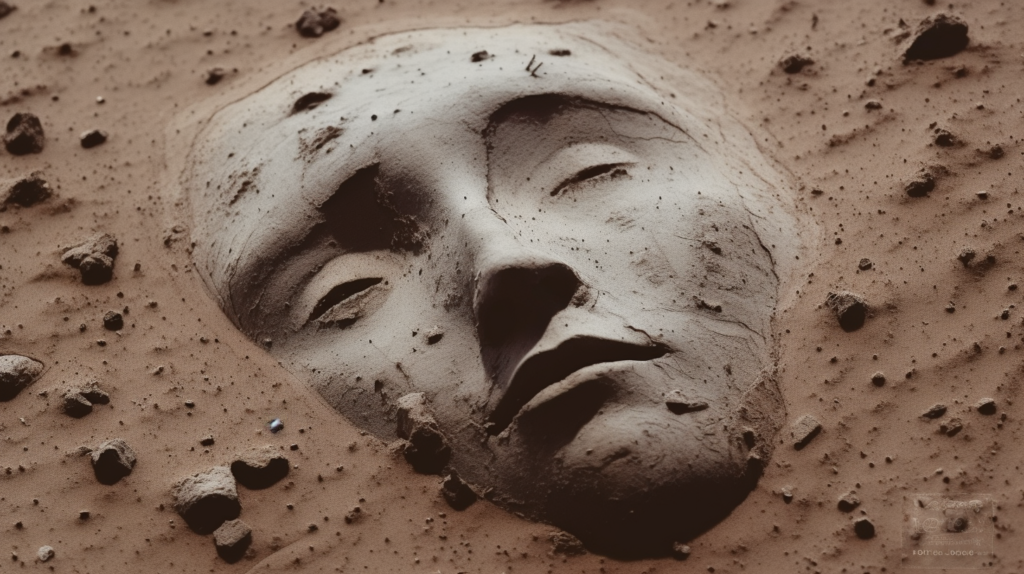


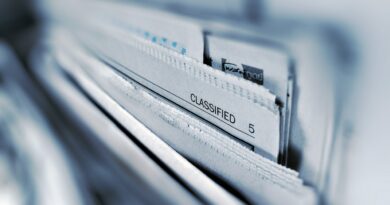
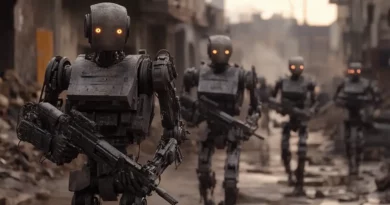

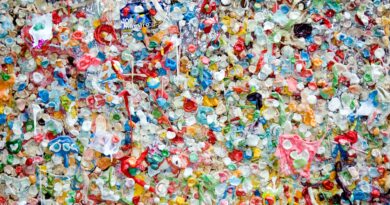

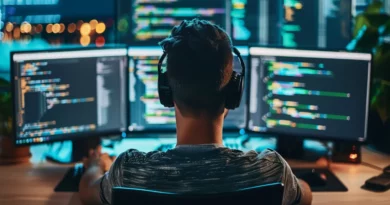
Excelente